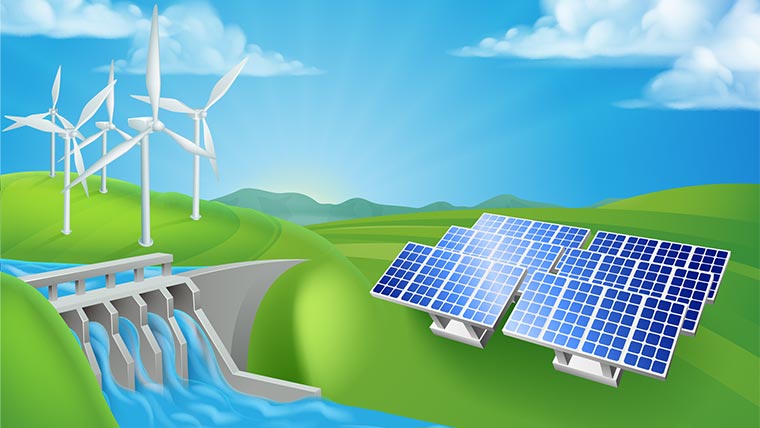Last week, I attended my first large in-person conference since early 2020—the National Hydropower Association’s (NHA) Clean Currents Conference in Atlanta. It was the first of its kind for the NHA, and provided a great opportunity to connect with dam owners, key agency personnel, and teaming partners.
The conference included three plenary sessions and a variety of interesting and informative sessions on hydropower and marine energy topics. I attended sessions on risk-informed decision making, relicensing studies lessons-learned, dam safety, pumped storage development, providing water-powered electricity beyond the grid, river restoration, and managing the effects of climate change. There were also several sessions focused on the opportunities for hydropower and marine energy contained in the $1.2 trillion infrastruture bill and the larger ($2 trillion-$3.5 trillion) reconciliation bill.
Why hydro?
Americans want green, clean, renewable energy that is also reliable. While there are many other available means to produce clean renewable energy, including solar, wind, marine kinetic, biomass, biofuels and nuclear power generation, there are limitations to all of these power sources, including weather variability and waste disposal. Hydropower is proven and reliable. Because it can quickly go from zero power to maximum output, it provides essential back-up, especially for variable wind and solar generation as well as peaking power for high-load periods.
Hydropower has been providing clean electric energy for over 130 years and is America’s original green energy source. Our country has approximately 90,000 dams that provide a variety of benefits, including flood risk reduction, water supply, navigation, recreation, and hydroelectric power. Despite this high number of dams, only about 2,500 generate hydroelectricity—a mere 3 percent of the total. Most of these are more than 40 years old. Adding hydro to non-powered dams could be a practical way to add new clean energy to the grid. But it requires investment.
Hydro funding for the future
In this regard the news is good, although not great. The $1.2 trillion infrastructure bill contains approximately $800 million each for the three Rs—rehabilitate, retrofit (new hydro), and remove. $2.4 billion out of $1.2 trillion is small, but is much more than what has been funded in the past. House Resolution (H.R.) 4499 and Senate Bill (S.) 2306 both have a 30 percent investment tax credit for maintaining and enhancing hydropower, billions in funding for the federal hydropower fleet, and funding for dam safety and dam removal. These provisions were not in the House Ways and Means proposal for the large reconciliation bill. The House Ways and Means proposal does include important provisions for pumped storage and a 10-year extension of the existing 10 percent hydropower production tax credit. Naturally, the H.R.4499 and S.2306 would provide a much bigger boost for hydropower and dam safety.
This week, Congress is closing in on a compromise reconciliation bill that it intends to pass alongside the $1.2 trillion infrastructure bill. Whether we get the additional funding in H.R.4499 and S.2306 or not, we are on the verge of an exciting time for the expansion and revitalization of America’s hydroelectric infrastructure.



